FungiFriday - How To Safely Identify And Forage For Wild Mushrooms
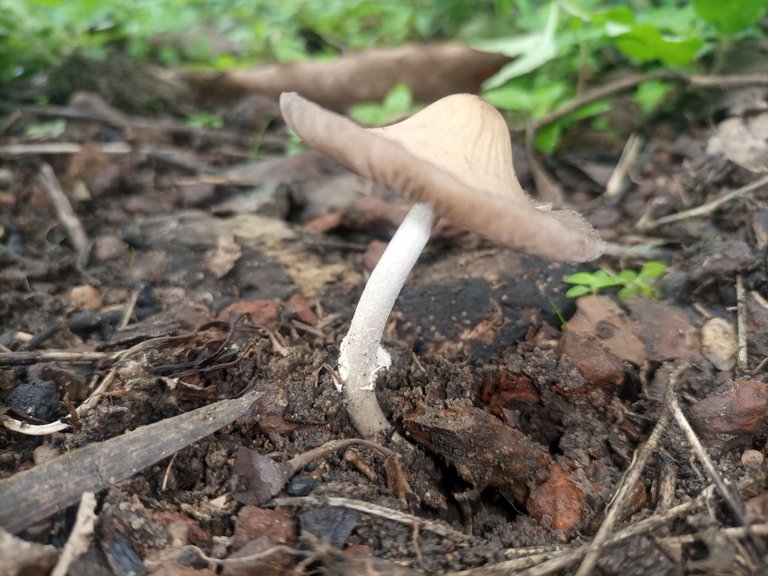
Mushrooms are a type of fungi that grow in both the wild and under cultivated conditions. They can be found in a variety of habitats, including forests, grasslands, and even in urban areas. While some mushrooms are edible, others are poisonous. It is therefore crucial that you know how to identify mushrooms before you attempt to forage for them.
In this article, I will give you some tips on how to safely identify and forage for wild mushrooms. I will also provide you with a list of edible mushrooms that you can look out for. So if you’re looking for an adventure and want to add some delicious mushrooms to your dinner table, read on!
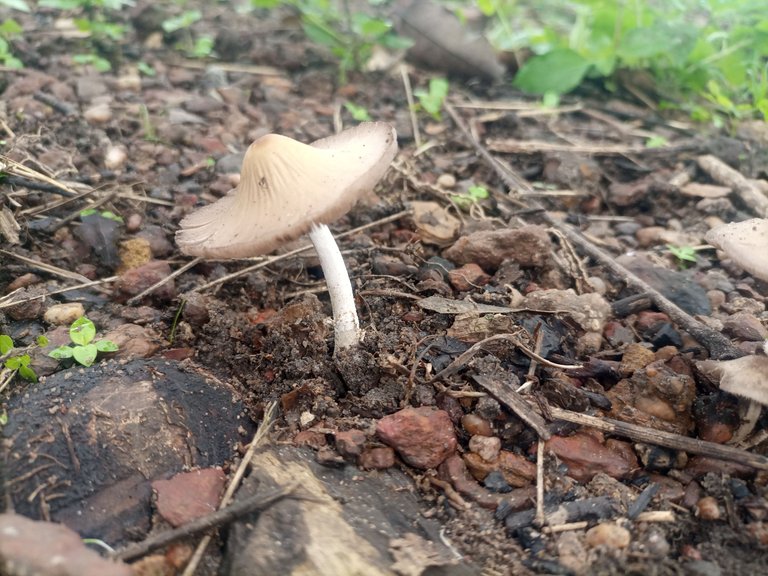

What You Need To Know Before Collecting Wild Mushrooms

Foraging for wild mushrooms can be a great way to add an extra dose of nature to your cooking. But before you go out and start collecting mushrooms, there are a few things you need to know.
First, it's important to only collect mushrooms that you are 100% sure are safe to eat. Some mushrooms are poisonous and can cause serious illness or even death. So unless you are absolutely certain about a mushroom, it's best to leave it be.
Second, you'll need to properly clean and cook the mushrooms before eating them. Wild mushrooms can often be home to bacteria and other contaminants, so it's important to clean them well and cook them thoroughly.
Finally, be sure to check the regulations in your area before collecting mushrooms. Some areas have laws against foraging, so it's always best to check before you start collecting.
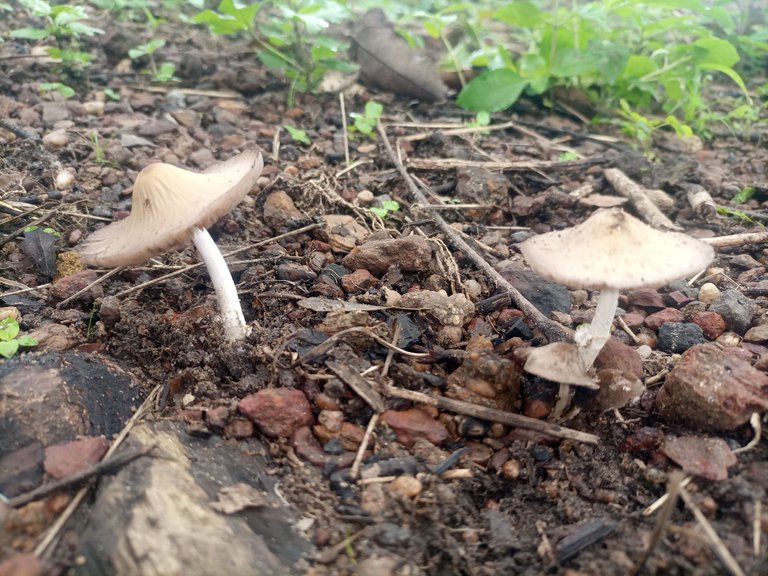

Guidelines for Safely Identifying and Foraging Wild Mushrooms

Mushrooms are a type of fungi that can be found all over the world. Some mushrooms are edible, while others are poisonous. Foraging for wild mushrooms can be a dangerous activity if you do not know how to properly identify and select edible mushrooms.
If you are interested in foraging for wild mushrooms, there are some guidelines you should follow to ensure that you are safelyidentifying and selecting mushrooms for consumption. First, you should only collect mushrooms that you are able to identify with 100% certainty. If you are not sure if a mushroom is edible or not, do not eat it.
Second, you should always check the mushroom identification guides before consuming any wild mushrooms. These guides will help you to correctly identify edible mushrooms.
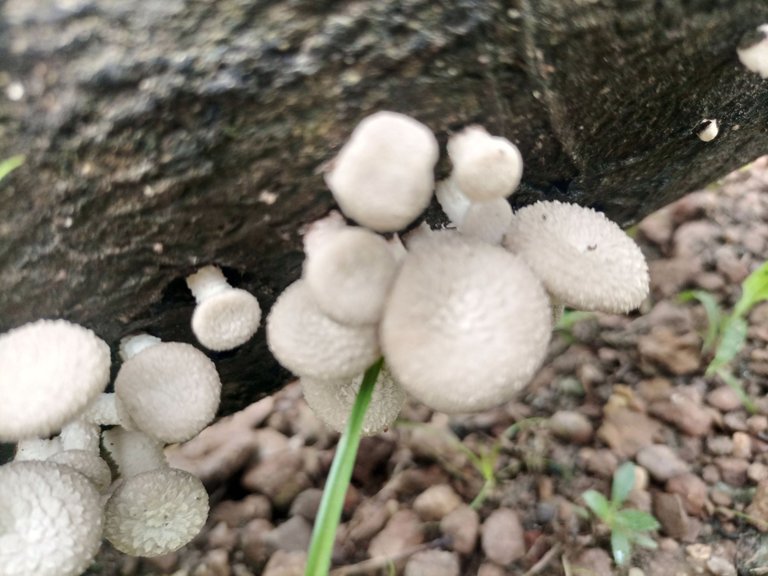

Common Wild Mushrooms to Look For

If you enjoy spending time outdoors and exploring nature, you might also enjoy searching for wild mushrooms. Mushrooms are a type of fungus that can be found in many different habitats, and they come in a wide variety of shapes, sizes, and colors. While some mushrooms are poisonous, many are edible and can be a delicious addition to your meals.
If you're interested in finding wild mushrooms, here are a few of the most common types to look for:
- Chanterelles
- Morels
- Oyster mushrooms
- Portobellos
- Shiitake mushrooms
Be sure to do your research before consuming any wild mushrooms, as some can cause serious illness or even death. But if you're careful and know what to look for, you can enjoy a fun and tasty adventure in the great outdoors.
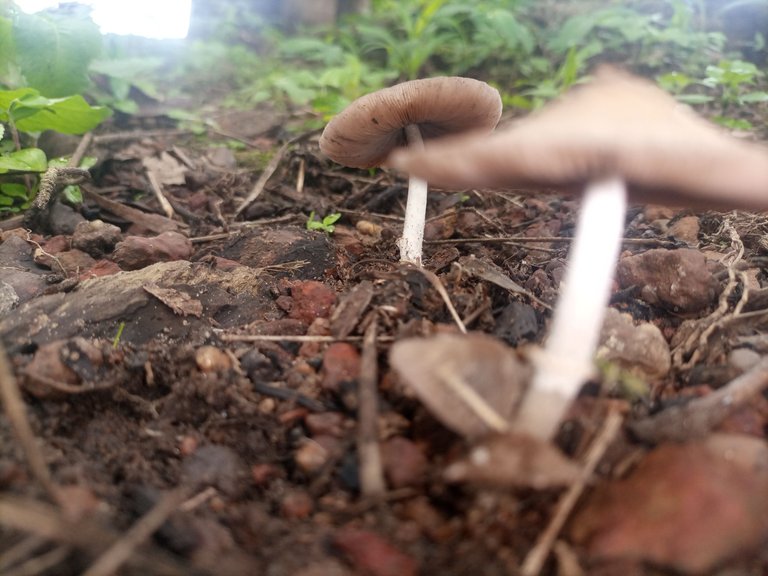

Tips for Storing and Cooking Wild Mushrooms

If you're lucky enough to find some wild mushrooms, you'll want to know how to store and cook them properly. Here are a few tips to help you get the most out of your wild mushrooms:
-Store wild mushrooms in a paper bag in the refrigerator. This will help them stay fresh for longer.
-When cooking wild mushrooms, always cook them thoroughly. Wild mushrooms can sometimes contain harmful bacteria, so it's important to make sure they're cooked all the way through.
-Try not to overcook wild mushrooms. They should be cooked until they're tender, but not mushy.
-Add wild mushrooms to soups, stews, and other dishes for a flavor boost. They can also be enjoyed on their own as a side dish.
By following these tips, you can enjoy wild mushrooms all season
This is my contribution to FungiFriday by @ewkaw

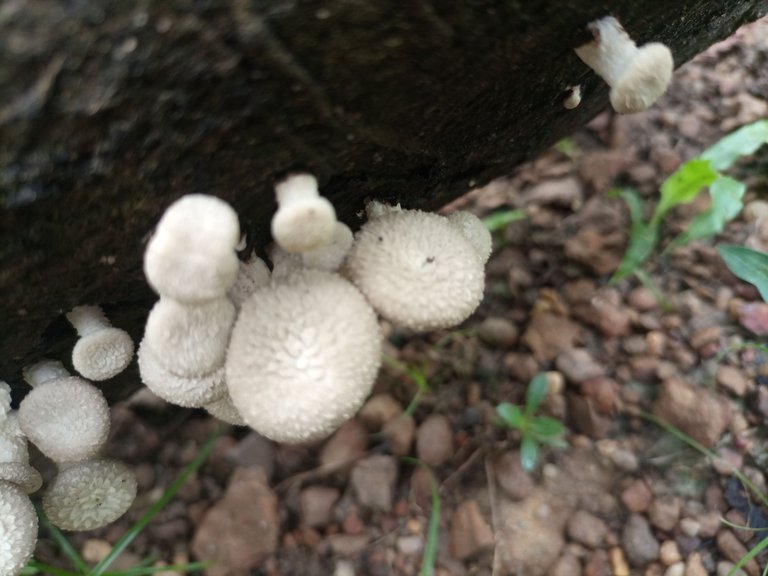
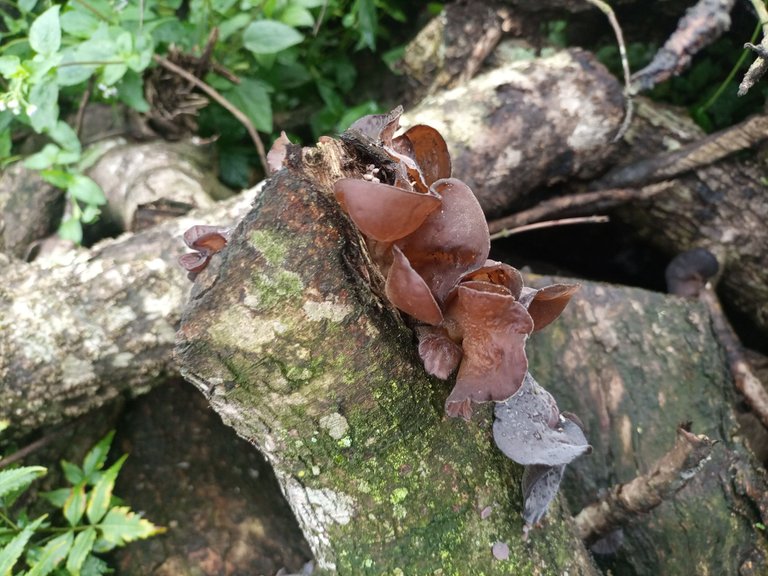
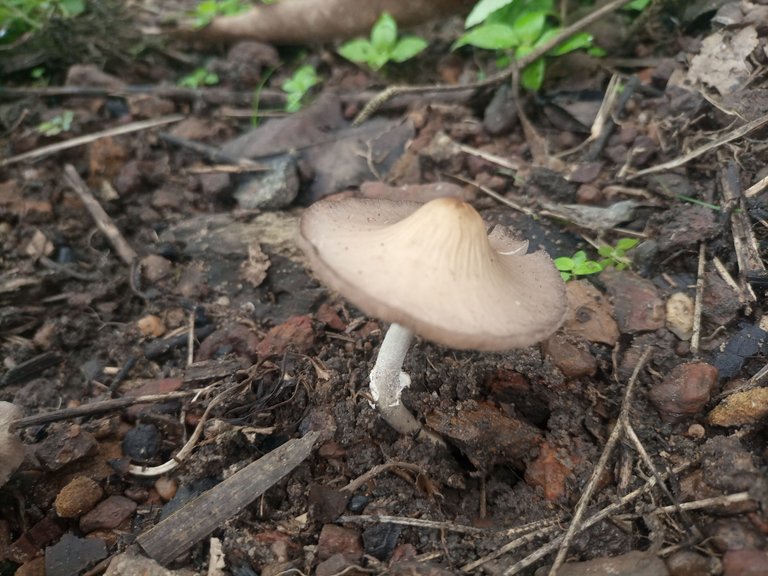
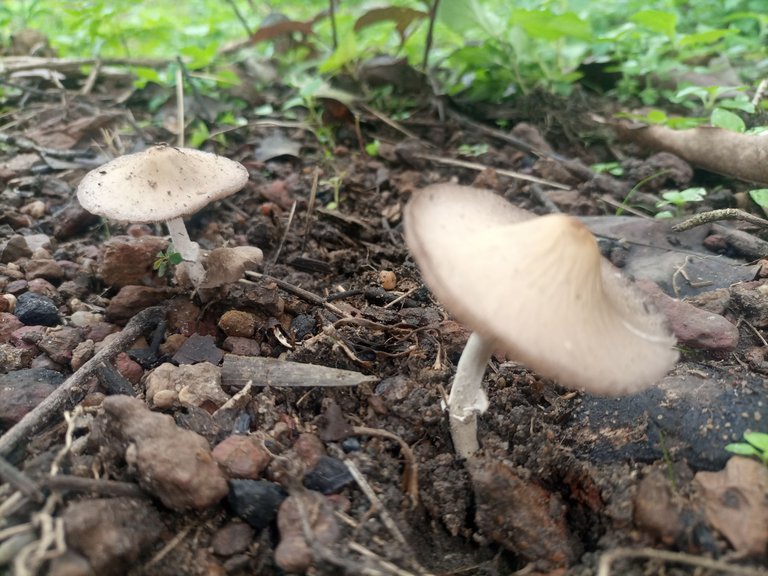

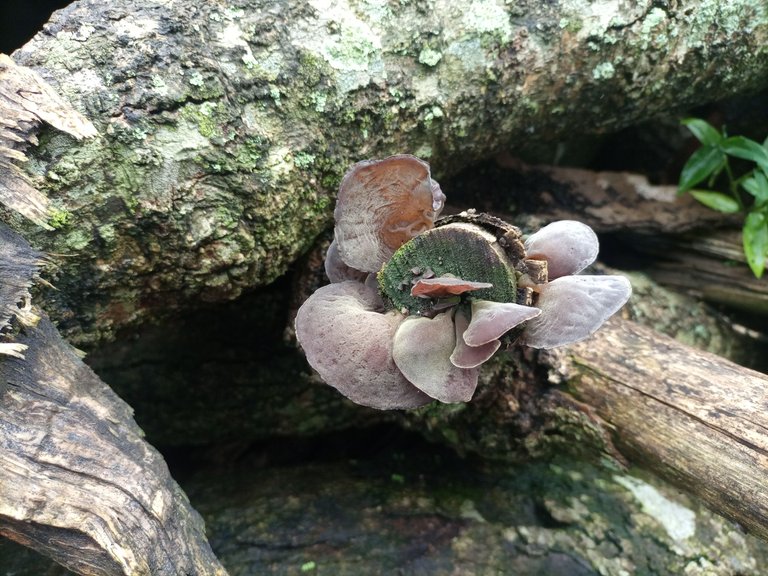
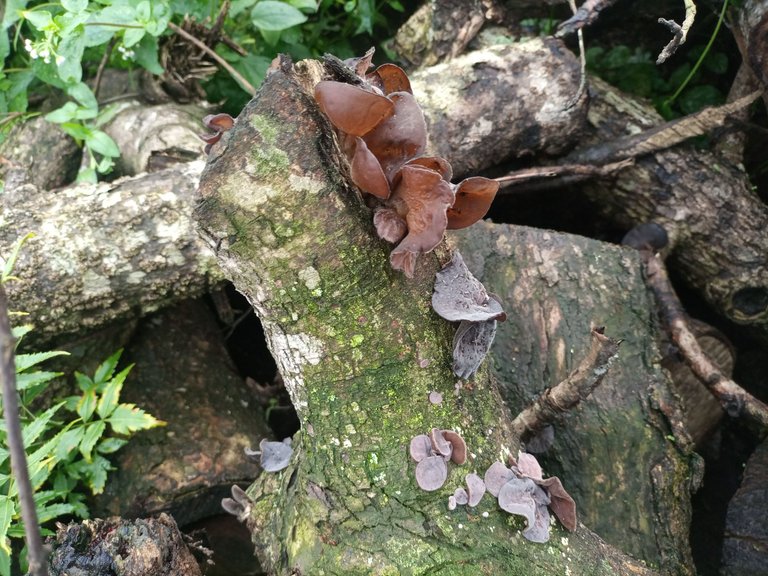
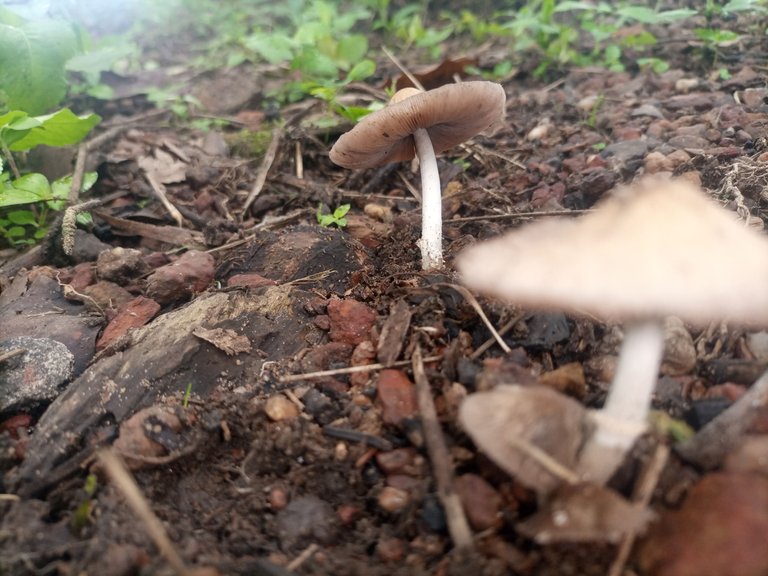
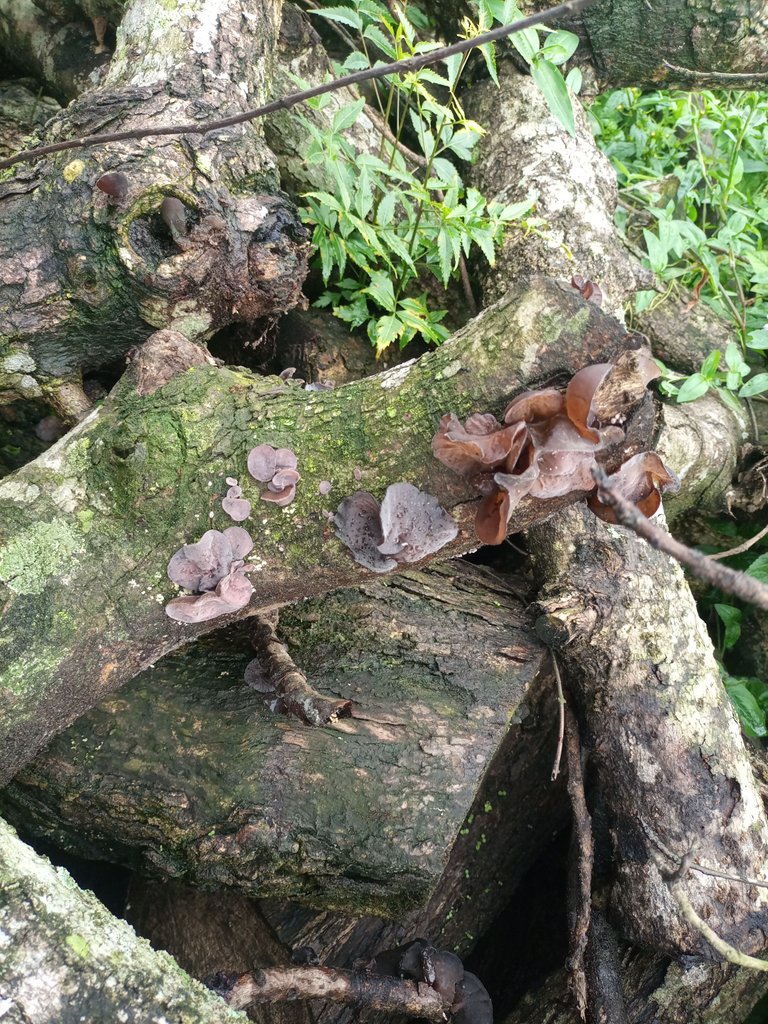
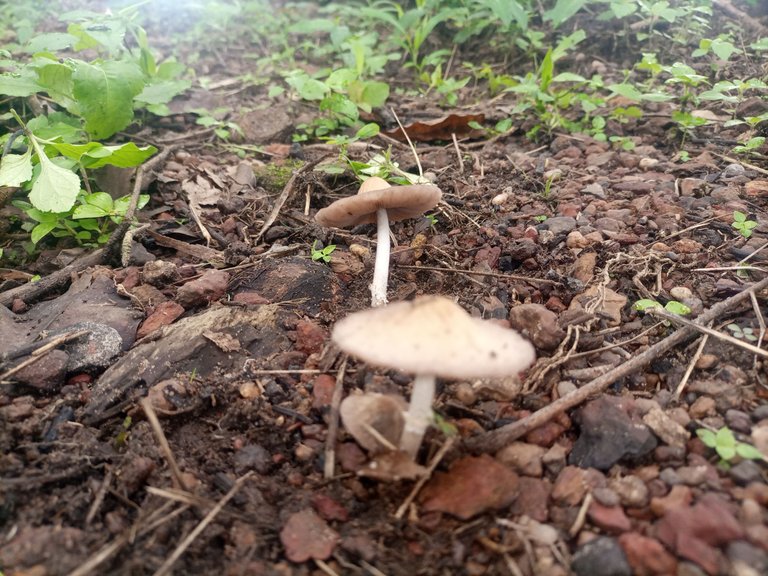

Congratulations @danokoroafor! You have completed the following achievement on the Hive blockchain and have been rewarded with new badge(s):
Your next target is to reach 6000 upvotes.
You can view your badges on your board and compare yourself to others in the Ranking
If you no longer want to receive notifications, reply to this comment with the word
STOPTo support your work, I also upvoted your post!
Check out the last post from @hivebuzz:
Support the HiveBuzz project. Vote for our proposal!
This is a great guide. Thank you for sharing such valuable information.
Thank you for your support